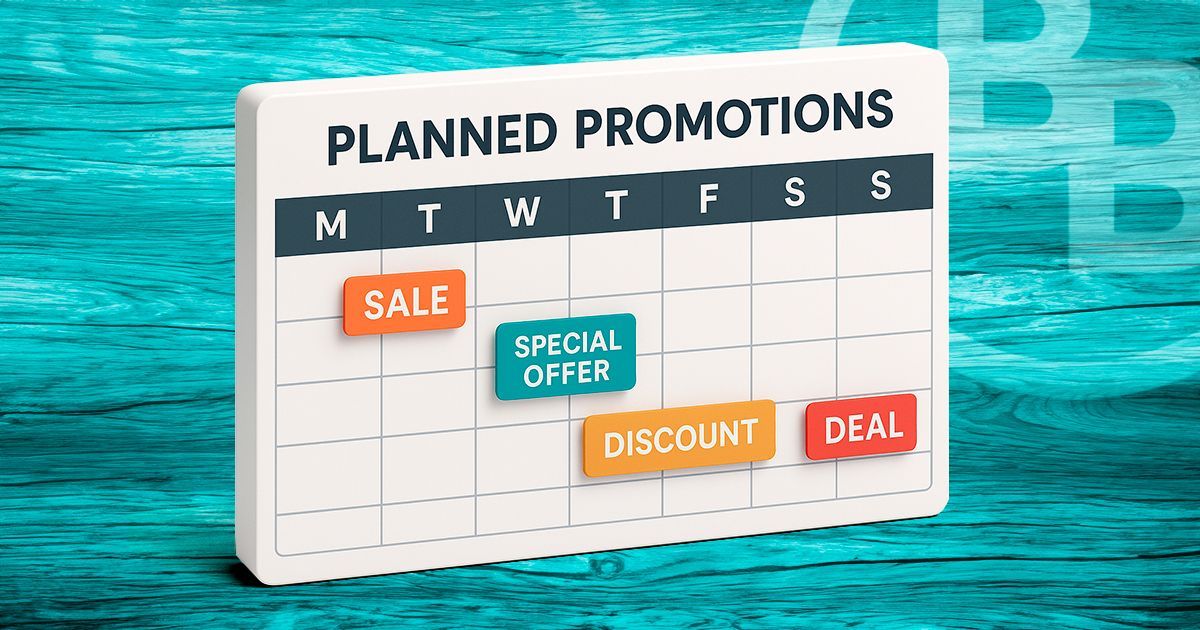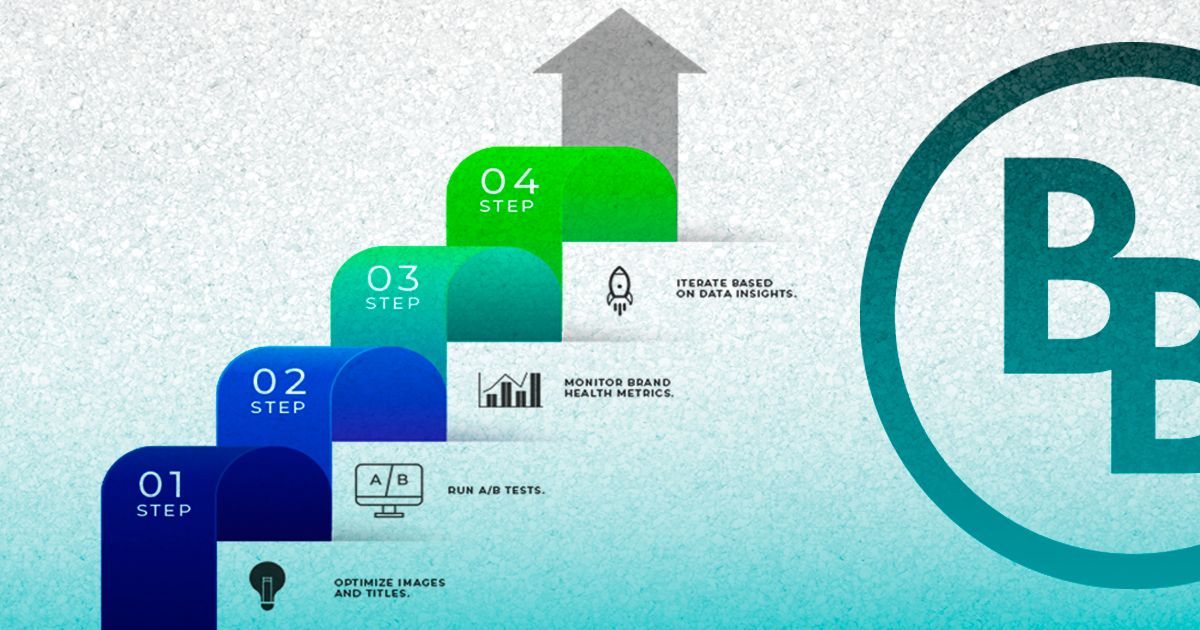Amazon copy is the bedrock of all your success on this platform. You can have a spectacular ads strategy, graphics, and product research and your product will still fall flat. Amazon copywriting is different than other SEO copywriting because Amazon finds value in search results differently. Google search is a click machine that wants to show you the search results you will click on. Amazon’s A10 algorithm is a conversion machine- it only cares that a high percentage of people who landed on your page bought the product. So the trick to Amazon content is to make sure that most of the people who end up on your listing will buy. You do not want the traffic that has low buying intent or a vague idea of what they want.
Writing copy on Amazon breaks a lot of rules in general copywriting and the English language as a whole. Copy is not very long, not (usually) very stylized, we purposely misspell words, capitalize in strange places, or place dashes where they don’t go. Why is it done this way? Because at the end of the day, we care most about getting the sale.
Date Published: July 24, 2019
Rules of Writing
There are a number of best practices to know when you start out learning how to write a listing. It wouldn’t be easily discerned from Amazon what these best practices are since many sellers are new or uneducated about how the A9 algorithm words. Amazon is still a bit of a wild west of products at different levels of professional optimization. Employ these practices to avoid early silly mistakes that could cost you sales.
Relevance
Having a high level of relevance is important on Amazon because we want the customers who end up on the page to actually buy the product. You might gain a lot of traffic from targeting a certain search term that has high volume but it will not matter if the people searching for that phrase are not looking for your product. If you get the click but no conversion because of lack of relevancy it will have an adverse effect on the listing metrics. Relevance is determined by a system of factors put together and is ultimately an educated guess based on what we know about our product.
Relevance matters more highly with longer tail (3-4 word) keywords and search terms. Being relevant in the short head is an added bonus, but since a lot of the traffic and sales will end up happening in the long tail, it's important that you're prudent in your intention to index and rank for these more targeted, longer tail terms.
Length
Over the years character length has swung wildly. In the early days, listings were very basic with quite short bullet points and description, similar to what you still see on most ebay descriptions.
Around two years ago the length pattern went towards LONG bullets and descriptions. Stuffing as many keywords as possible into the title, bullets, and search terms became very important to sellers.
Around 2017 Amazon began cutting down character limits. Search terms truncated to only 250 characters, titles only 80 characters in some cases. Some sellers have even found their keywords aren’t indexing past 250 characters in bullet points. This driving down of character limits has brought the trend back to writing short and sweet bullet points. Here’s a bit of a secret: short bullet points usually convert better than long ones. This can mainly be attributed to mobile use and Amazon’s quick buy culture. Get in, get the information, and get out. When in doubt, keep Titles 80 characters or less, and bullets 250 characters or less.
Competition
A guide for copywriting wouldn’t be complete without a discussion of competitors. Competition on Amazon is one of the greatest resources to creating good copy. If there are one or two phrases you have identified as important for your product, you can search those and find hundreds of keyword ideas in your competitors’ titles. Traditionally, the most important words should go in the product title so this is an excellent way to know what your competitors think are important words.
It is also through competitor listings that you’ll find a wealth of keywords. Running a reverse ASIN search using Helium 10 Cerebro, you can find 2000 or so keyword phrases that your competitors have converted on in the past. The top 3 or 4 ranking products in your search should index for nearly all of the important search terms for a given type of product.
Reading competitor listings is one of the best things you can do in your discovery process. You’ll discover questions you need to have answered. You’ll read reviews that tell you why people bought the competitor’s product and what features they care about. If you’re reading a top ranking competitor you may discover what kind of bullet points perform well in your category.
Also important to note: sellers make tremendous mistakes on their copywriting. Running keyword research almost everyday you can find words that are in the wrong order or extraneous words that are clogging up valuable real estate doing nothing to add search volume.We must strike between writing copy that is SEO-friendly AND. reader friendly. Common mistakes I see are keyword stuffing (especially in the title) and unnatural rhythm due to overzealous use of keywords where it may not be necessary. In the mistakes of others lies opportunity for you.



